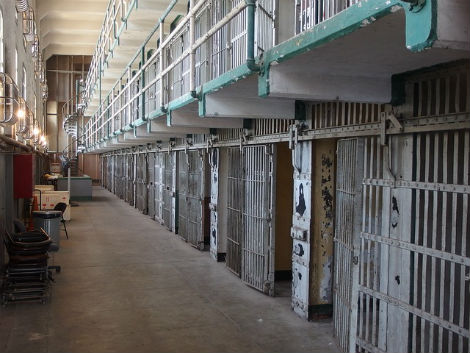According to Ars Technica, many jails are implementing “video visitation,” which is replacing traditional, in-person visitations in some institutions with videoconferencing units.
This has been a growing trend in recent years. Solutions, such as videoconferencing services, are thought to potentially make things easier for inmates to maintain relationships with loved ones back home. However, some jails are utilizing video-calling solutions “as an excuse to restrict or eliminate” in-person visits, Ars Technica says.
One of the major reasons why jails are opting to offer videoconferencing rather than physical visits is due to tight funding. “In-person visitation requires more staff supervision—both to escort inmates to and from visitation rooms and to make sure no contraband changes hands during a visit. So switching to video visitation can save cash-strapped jails money.”
Another reason, Ars Technica says, is because jails often profit from limiting in-person visits. “While on-site video visits are usually free, the companies providing the system generally offer a paid off-site video-calling service, too. And jails get a hefty percentage of that money.”
What decision makers can learn from this:
While collecting commission from videoconferencing companies is attractive, especially to jails struggling with money, video-calling solutions aren’t helping inmates in the long run. Lucius Couloute, an expert at the Prison Policy Initiative, told Ars Technica that in-person visits from loved ones helps keep inmates out of future trouble.
“Visitation should be seen as a public good,” Couloute said. “When people are able to visit with their incarcerated loved ones, we see that recidivism drops. That’s better for taxpayers and public safety. Disciplinary infractions drop as well. That’s better for correctional officers and jails.”
Video visitations are also not as strong as in-person visits when it comes to strengthening outside relationships. Ars Technica says that stronger relationships with loved ones increase an inmate’s chance of getting help, such as finding a place to live and landing a job, after serving their time. “That, in turn, makes it less likely that they’ll commit further crimes, saving taxpayers money in the long run.” As a result, decision makers weighing whether or not they should implement similar video-visitation technology in their institution should consider if the old fashioned way – human contact – is the right way to go.
If you enjoyed this article and want to receive more valuable industry content like this, click here to sign up for our digital newsletters!










[…] Related: Prisons are Implementing Videoconferencing for Inmate Visits […]